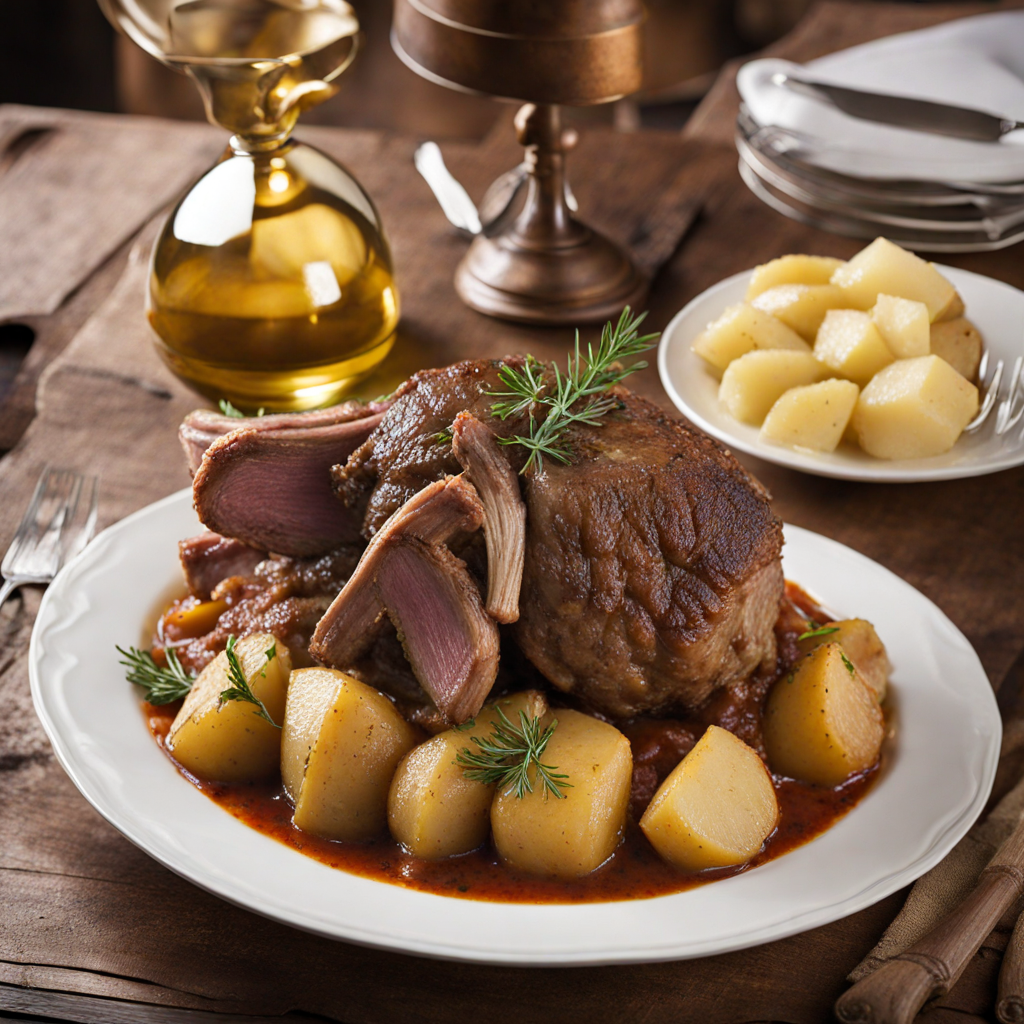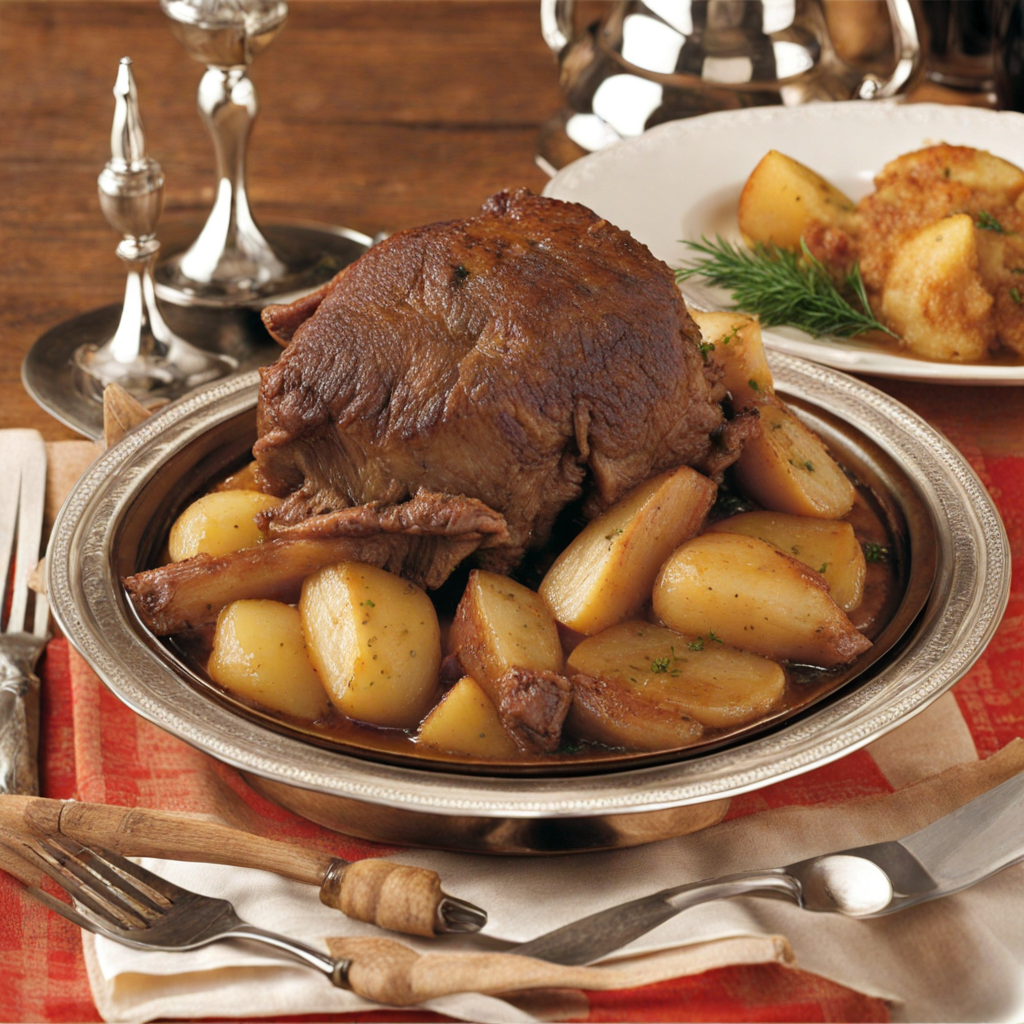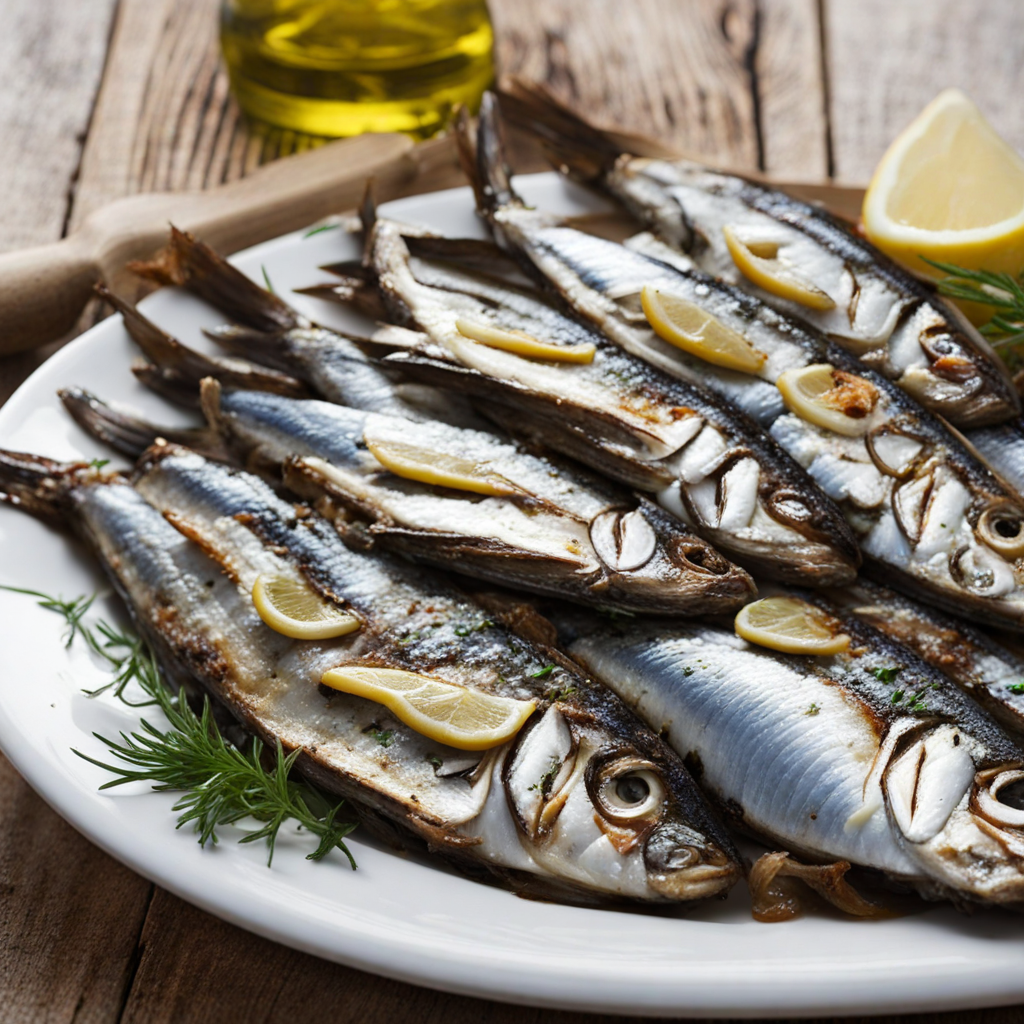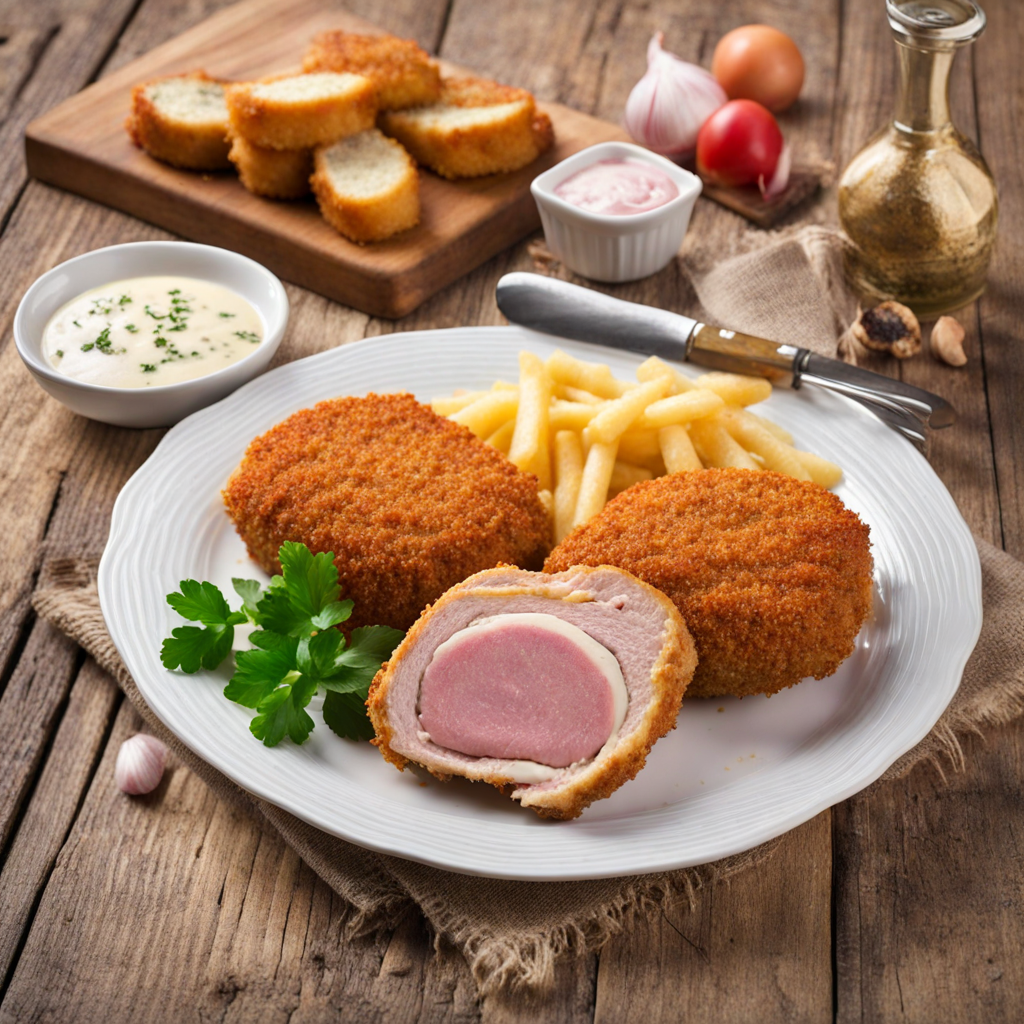Lamb Under the Bell
Lamb Under the Bell, or "Janjetina ispod peke," is a traditional Croatian dish that encapsulates the rustic charm of the Mediterranean. This culinary delight features tender lamb, marinated with a blend of local herbs and spices, which is then slow-cooked under a bell-shaped lid known as a "peka." The peka, typically made of cast iron or clay, is placed over an open fire or hot coals, allowing the lamb to cook in its own juices, resulting in a rich, savory flavor that is both comforting and enticing. The slow-cooking method ensures that the meat becomes incredibly tender, with a melt-in-your-mouth texture that is sure to impress any palate. Accompanying the succulent lamb are seasonal vegetables, often including potatoes, carrots, and onions, which soak up the aromatic flavors while cooking alongside the meat. The dish is a celebration of simplicity, showcasing the natural flavors of high-quality, locally sourced ingredients. As the lamb cooks, the vegetables caramelize and become infused with the herbs, creating a hearty and satisfying meal that evokes the essence of Croatian home-cooking. Each bite offers a glimpse into the rich agricultural heritage of the region, making it not just a meal, but an experience that connects diners to the land and its traditions. When served, Lamb Under the Bell is often accompanied by a side of freshly baked bread and a glass of local wine, enhancing the overall experience. The dish is perfect for gatherings and celebrations, as it brings people together around the table, sharing in the warmth and flavors of Croatia. With its deep, savory profile and the irresistible aroma that fills the air during cooking, Lamb Under the Bell is a must-try for anyone looking to explore the diverse and delicious world of Croatian cuisine, offering a delightful taste of the Mediterranean that is both authentic and memorable.
How It Became This Dish
Janjetina Ispod Peke: A Culinary Tradition from Croatia #### Origins Janjetina ispod peke, a traditional Croatian dish, translates to "lamb under the bell." This method of cooking dates back centuries and is deeply rooted in the Mediterranean and Balkan culinary traditions. The preparation of janjetina, particularly in regions like Dalmatia and Istria, is not merely a means to prepare food but a practice steeped in local customs, agricultural cycles, and familial bonds. The dish centers around young lamb, often sourced from local shepherds who have been raising livestock in the region for generations. The term "ispod peke" refers to the way the dish is cooked—a technique that involves a heavy cast-iron lid called "peka," which is placed over the food along with hot coals. This creates an oven-like environment that allows the meat to cook slowly, resulting in tender, flavorful lamb infused with aromatic herbs and vegetables. The origins of cooking under the peka can be traced back to ancient times, influenced by the simple cooking methods of rural communities. It is believed that this method was utilized by the Romans, who were known for their elaborate feasts and culinary innovation. The practice likely evolved with the region's agricultural developments, where cooking outdoors became a communal activity, often associated with family gatherings and celebrations. #### Cultural Significance Janjetina ispod peke is more than just a dish; it represents a way of life in Croatia, particularly in rural areas. It is a symbol of hospitality, family, and the connection to the land. The preparation of this meal often involves the entire family, from selecting the lamb to gathering herbs from the garden. This collaborative effort fosters a sense of unity and tradition that is passed down through generations. In Croatian culture, food is a medium for storytelling and expressing identity. Janjetina ispod peke is traditionally served during significant occasions—weddings, religious celebrations, and holiday feasts. It is often accompanied by local wines, fresh bread, and seasonal vegetables, creating a feast that showcases the bounty of the Croatian landscape. Additionally, the dish holds a spiritual and communal significance. Cooking under the peka often involves rituals, such as blessing the food or sharing stories while waiting for the meal to cook. The slow cooking process encourages patience and mindfulness, allowing families to bond and connect over the shared experience of creating something delicious together. #### Development Over Time As Croatia's culinary landscape evolved, so did the preparation of janjetina ispod peke. The dish has remained a staple in traditional Croatian cuisine while also adapting to modern tastes and cooking styles. With the rise of tourism in Croatia, particularly in coastal regions, the dish has gained international recognition, becoming a must-try for visitors wanting to experience authentic Croatian flavors. In recent decades, chefs in Croatia have begun to reinterpret janjetina ispod peke, incorporating contemporary techniques and ingredients while still honoring its traditional roots. For instance, while the classic preparation involves simple seasoning with salt, pepper, and herbs like rosemary or sage, modern variations may include marinades or innovative side dishes that complement the lamb in unexpected ways. The cooking method itself has also seen adaptations. While traditionalists still swear by the authentic peka method, modern kitchens may utilize ovens or even sous-vide techniques to replicate the tender results achieved by cooking under the bell. However, the essence of the dish remains the same—the focus on quality ingredients, patience, and the communal aspect of cooking. Moreover, the dish has become a point of cultural pride for Croatians, showcasing their rich culinary heritage on the global stage. It has inspired festivals and culinary events that celebrate traditional cooking methods, where chefs demonstrate the art of preparing janjetina ispod peke, inviting locals and tourists alike to participate in the experience. #### Janjetina Ispod Peke Today In contemporary Croatia, janjetina ispod peke continues to be celebrated as a quintessential part of the national identity. Restaurants across the country often feature it on their menus, and many local households uphold the tradition of making it for special occasions. The dish is also a common feature in agritourism, where visitors can experience the authentic Croatian countryside and partake in the cooking process. With the increasing interest in farm-to-table dining and sustainable culinary practices, janjetina ispod peke has found a new audience. The emphasis on local, organic ingredients aligns perfectly with the traditional values of this dish. As a result, many chefs are committed to sourcing their lamb from local farms, ensuring that the flavors reflect the specific terroir of the region. In recent years, the popularity of Croatian cuisine has surged, with chefs worldwide incorporating Croatian flavors and techniques into their menus. Janjetina ispod peke, with its rich history and robust flavor, serves as a delicious ambassador for Croatian culinary traditions, bridging the gap between past and present while inviting new generations to appreciate its significance. #### Conclusion Janjetina ispod peke is not just a dish but a narrative woven into the fabric of Croatian culture. Its origins reflect a deep connection to the land and the agricultural lifestyle of the region, while its preparation embodies the communal spirit of families gathering around food. As it continues to evolve, janjetina ispod peke stands as a testament to the resilience of culinary traditions, adapting to modern influences while maintaining its essence. Whether enjoyed at a family gathering, a local restaurant, or a festive celebration, janjetina ispod peke invites everyone to partake in a rich cultural experience, showcasing the flavors and stories that define Croatia. As this dish continues to capture hearts and palates around the world, it serves as a delicious reminder of the importance of heritage, community, and the joy of sharing a meal.
You may like
Discover local flavors from Croatia







